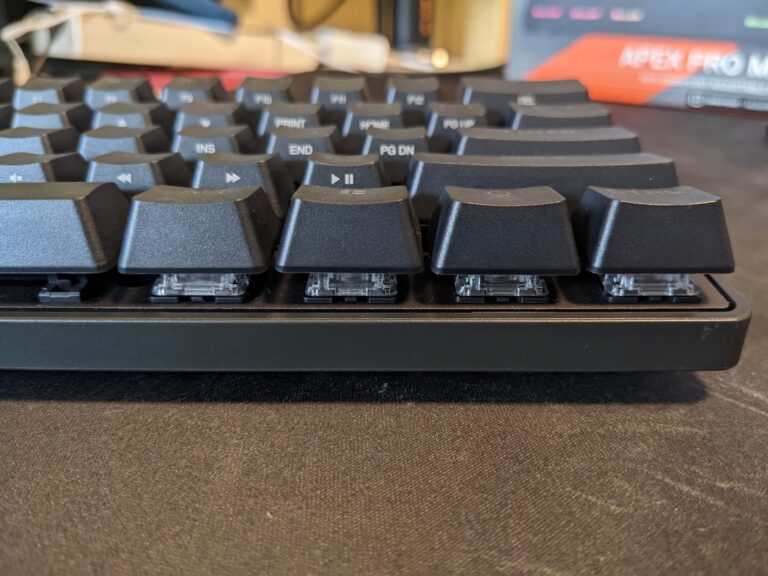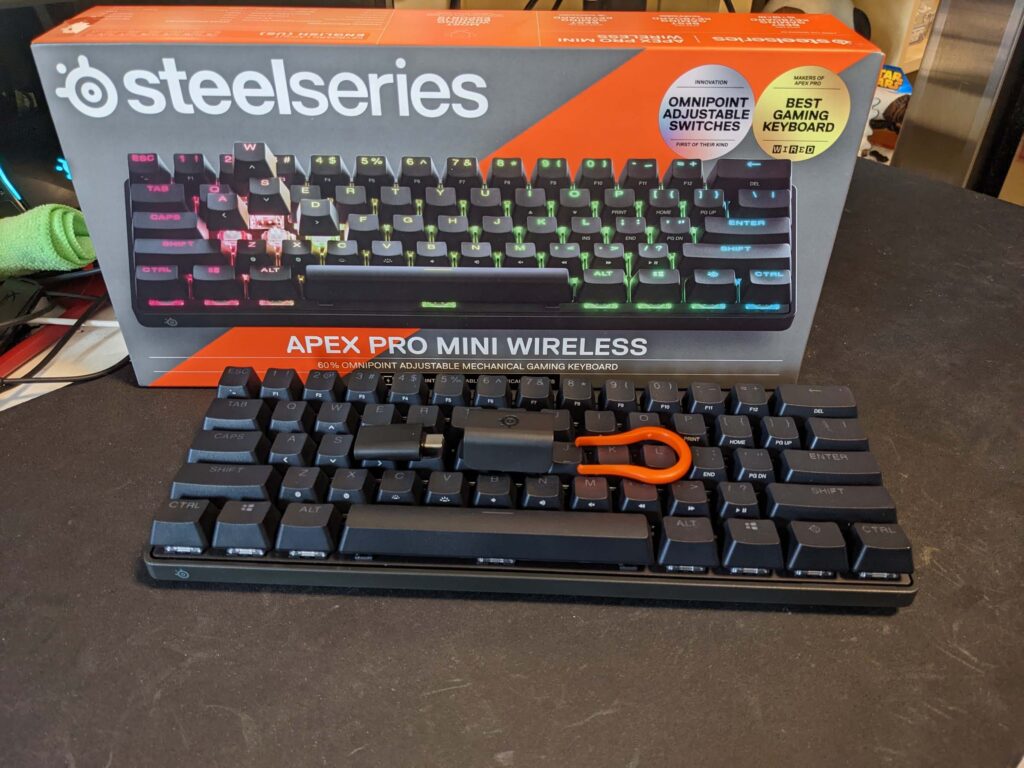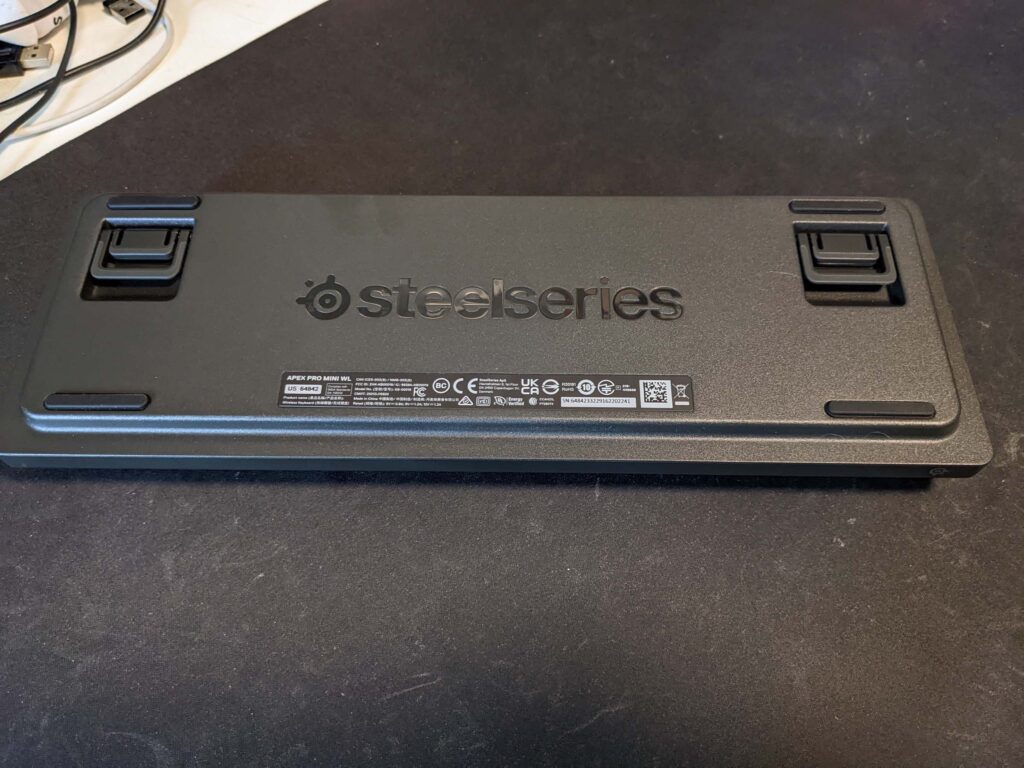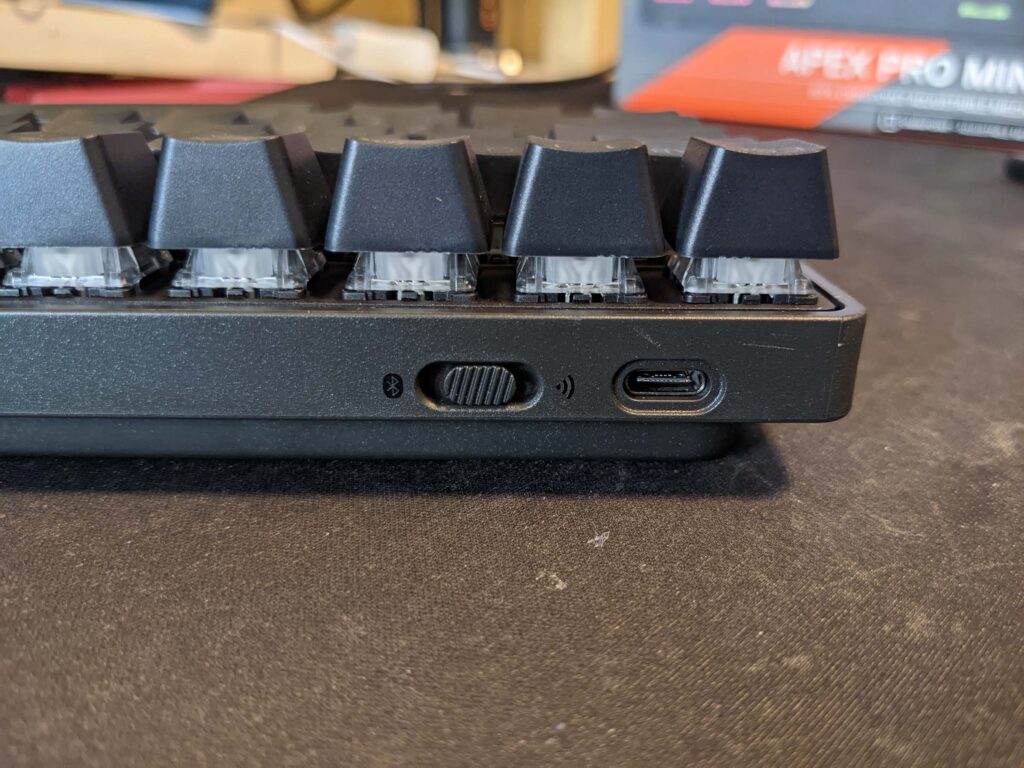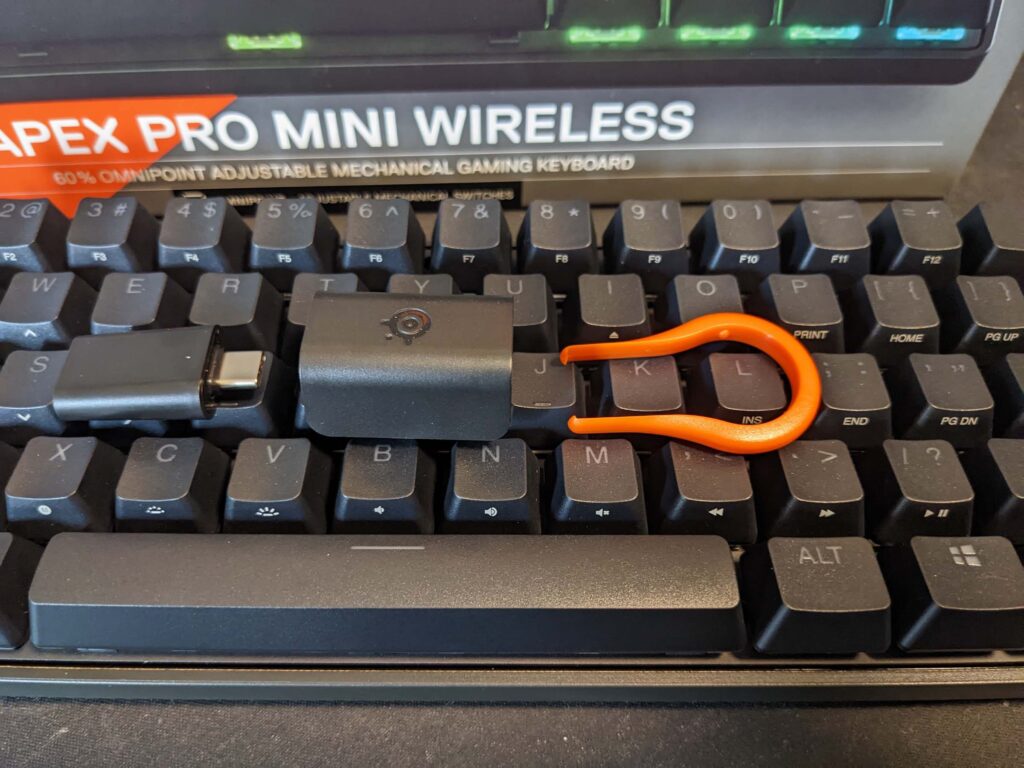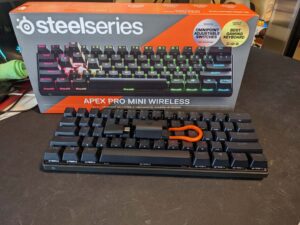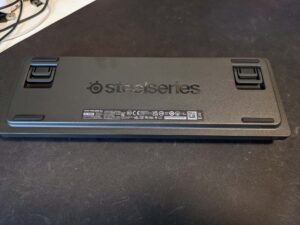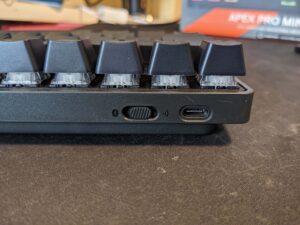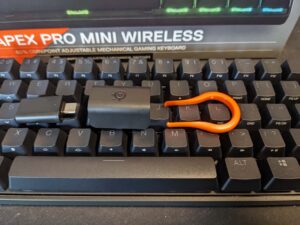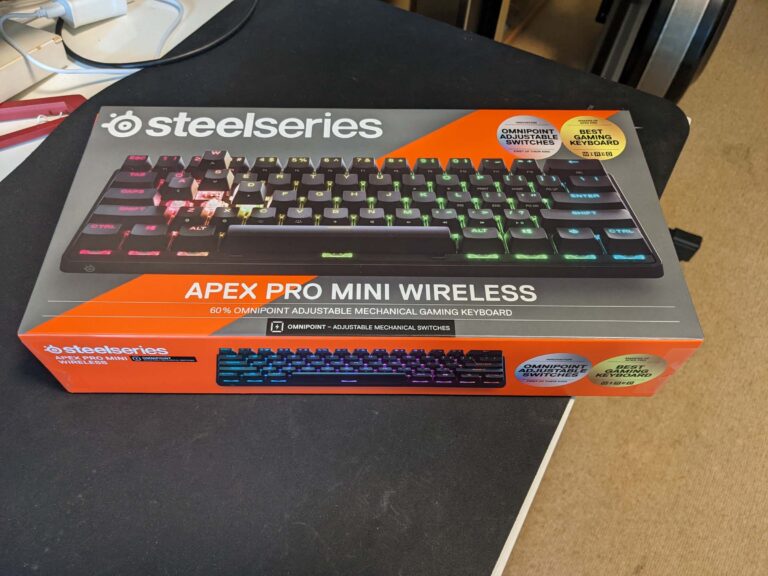Optus Mobile Review ALDI Mobile Review Amaysim Mobile Review Belong Mobile Review Circles.Life Review Vodafone Mobile Review Woolworths Mobile Review Felix Mobile Review Best iPhone Plans Best Family Mobile Plans Best Budget Smartphones Best Prepaid Plans Best SIM-Only Plans Best Plans For Kids And Teens Best Cheap Mobile Plans Telstra vs Optus Mobile Optus NBN Review Belong NBN Review Vodafone NBN Review Superloop NBN Review Aussie BB NBN Review iiNet NBN Review MyRepublic NBN Review TPG NBN Review Best NBN Satellite Plans Best NBN Alternatives Best NBN Providers Best Home Wireless Plans What is a Good NBN Speed? Test NBN Speed How to speed up your internet Optus vs Telstra Broadband ExpressVPN Review CyberGhost VPN Review NordVPN Review PureVPN Review Norton Secure VPN Review IPVanish VPN Review Windscribe VPN Review Hotspot Shield VPN Review Best cheap VPN services Best VPN for streaming Best VPNs for gaming What is a VPN? VPNs for ad-blocking Admittedly, the SteelSeries Apex Pro Mini Wireless has performance in all the right gaming areas. By default, keystroke actuation is set to 1.8mm, which combos nicely with the 0.54ms response time on 2.4GHz wireless. That makes for an incredibly responsive keyboard that feels great and isn’t restricted by a cable. The challenge for me, though, was testing in Battlefield games. With default settings, Battlefield games use F-keys, which the SteelSeries Apex Pro Mini Wireless doesn’t have. You can hold down the SteelSeries-branded function key to modify buttons, which converts the top-row numerical keys to F-keys. That said, the function key is on the right of the keyboard, so not easily within reach with typical WSAD controls. This function key is also used for other keys missing by the nature of the 60% design, and while I appreciate the workaround, it’s not viable for all games without rebinding. It was even trickier to use the SteelSeries Apex Pro Mini Wireless as an everyday keyboard which, admittedly, isn’t the role of a 60% keyboard. That’s not to say you couldn’t adapt, but there’s a steep learning curve for muscle memory if you’re used to a full-sized or even tenkeyless keyboard. If you forget to charge or run out of juice, there’s a USB-C cable on hand for charging. Plug it into the top left of the keyboard, which is next to the wireless switch. Move that switch hard left for 2.4GHz or right for Bluetooth. Good luck trying to put it in the middle to turn the keyboard off without stuffing it up at least once. Bluetooth means the SteelSeries Apex Pro Mini Wireless can work with any Bluetooth device that accepts keyboard input, which worked great with an Android tablet in my tests. For gamer purists, 2.4GHz offers the lowest latency, which is best used with 0.2mm actuation for the speediest inputs. That’s sensitive enough to activate with the lightest of touches, which will lay bare all of your terrible keystroke inaccuracies. All of this is controlled within the SteelSeries Engine software, and there’s an impressive level of control in here. Change the actuation of all keys or on a per-key basis, including impressively granular options like dual actuation, dual bindings and customisable meta bindings. For gaming keyboards specifically, we test across everyday and gaming scenarios. We acknowledge that while gaming purists may be okay with switching between everyday and gaming mice, it’s more of an ask for a gamer to own multiple keyboards. Particularly for gaming keyboards, mechanical switches are evaluated in the context of the distinct sound and feel of the three broad types of keys. Generally, keyboards are also appraised in terms of their comfort and practicality. For comfort, we take note of any keys that are difficult to reach or any soreness after extended use. An included wrist rest is a big plus on the ergonomics front. For the practical side, we factor in additional keys, including macros and media controls, then appraise things such as battery life and versatility (wired, Bluetooth and 2.4GHz) for relevant models.
